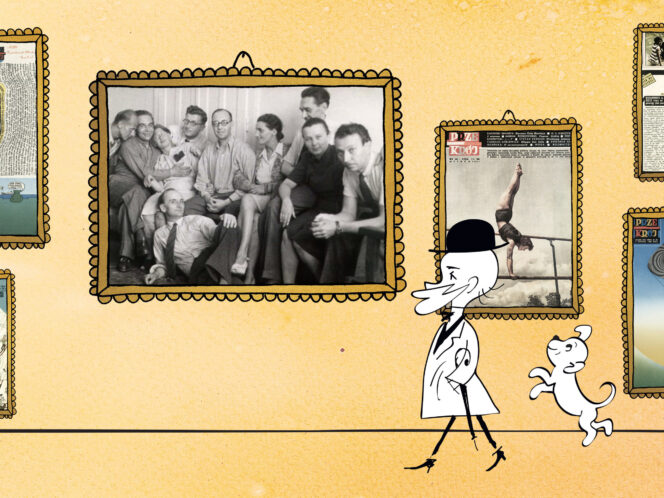
February in history according to an eternal pessimist.
1st February 1840
Alexandre Dumas married actress Ida Ferrie. However, the matrimony was not very successful, and the writer focused on his books. In 1844, he wrote The Three Musketeers, followed by The Count of Monte Cristo one year later, before divorcing his wife and never looking back.
2nd February 1986
Pope John Paul II met the Dalai Lama. A small step for building understanding between religions; a great controversy for Catholic conservatives.
3rd February 1014
Sweyn Forkbeard – the king of England, Denmark and Norway – died. Death is nothing unusual for a Viking, but this time paranormal events made for a plot twist. Some people suspected that Sweyn was murdered by the ghost of St. Edmund, seeking revenge on the Viking invaders.
4th February 1866
A 45-year-old American woman Mary








